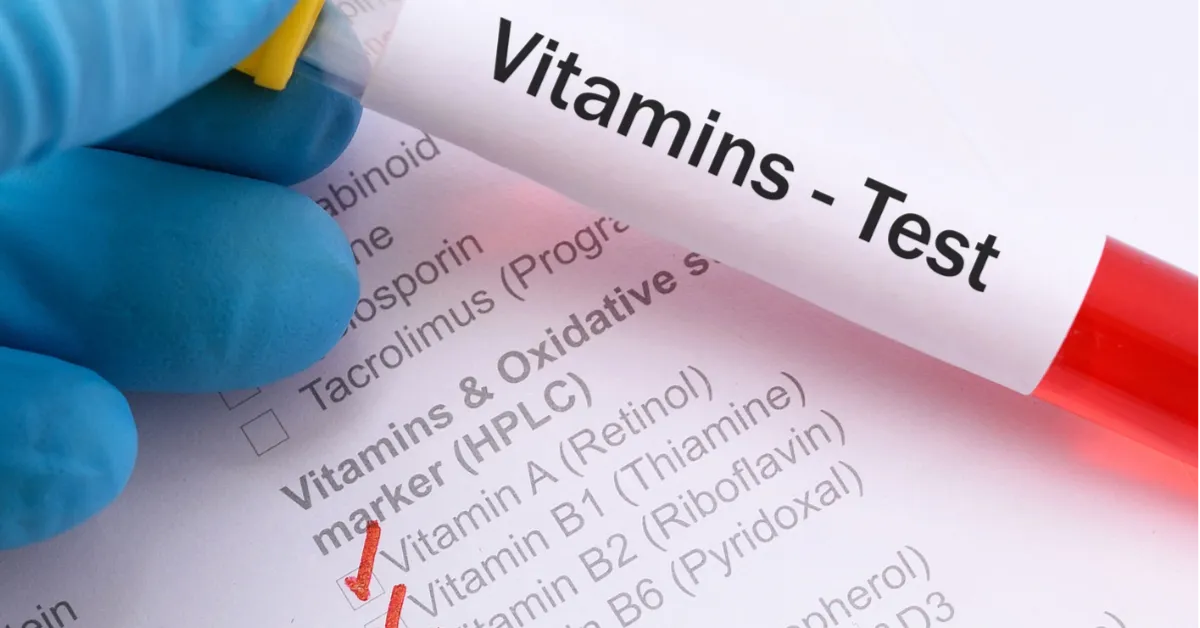ISO 11085-3 Thiamine (Vitamin B1) Testing in Cereal Products
The testing of thiamine (vitamin B1) content in cereal products is crucial for ensuring product quality, compliance with nutritional labeling requirements, and meeting consumer expectations. This service adheres to the international standard ISO 11085-3, which provides comprehensive guidance on determining thiamine content by high-performance liquid chromatography (HPLC).
Thiamine plays a vital role in energy metabolism within cells, contributing significantly to the health of individuals consuming cereal products. Ensuring accurate levels of this vitamin is essential for maintaining product integrity and public health standards. Our laboratory employs advanced analytical techniques that not only meet but exceed the ISO 11085-3 requirements.
The testing process involves several critical steps: sample preparation, extraction, quantification using HPLC, and analysis against reference standards. Each step must be meticulously followed to ensure reliable results. Sample preparation typically includes grinding of cereal samples into fine powders, extraction of thiamine using appropriate solvents, and subsequent cleanup procedures to eliminate interfering compounds.
One of the key challenges in testing thiamine content lies in its potential for degradation during storage or processing. Therefore, precise control over sample handling is essential. Our laboratory uses state-of-the-art equipment to minimize such risks while ensuring accurate quantification. The HPLC system we utilize provides high sensitivity and selectivity necessary for detecting even trace amounts of thiamine.
The acceptance criteria according to ISO 11085-3 specify that results should be reported with an accuracy within ±2% relative standard deviation (RSD). This stringent requirement ensures consistency across different batches or types of cereal products. Additionally, the method allows for determination of total thiamine content in both raw and processed cereals.
Our approach to this service extends beyond mere compliance; it aims at providing actionable insights that can inform product development efforts aimed at enhancing nutritional value or addressing specific market demands related to vitamin B1 fortification. By leveraging our expertise, clients gain deeper understanding into how variations in production processes affect thiamine levels.
For instance, we have conducted research demonstrating significant differences between organic versus conventional growing methods on thiamine content in certain cereals. Such findings highlight the importance of consistent quality control measures throughout supply chains.
- Customer Impact and Satisfaction: Clients benefit from more accurate labeling claims which improve brand reputation and trust among consumers. Compliance with regulatory standards reduces legal risks associated with false advertising or misleading nutritional information.
In summary, our ISO 11085-3 thiamine testing service offers reliable results that contribute positively towards maintaining high-quality standards in cereal product manufacturing processes.
Applied Standards
The ISO 11085 series specifies methods for the determination of vitamins and other nutrients in food. Specifically, Part 3 focuses on thiamine (vitamin B1). This international standard ensures consistency across laboratories globally when performing analyses.
The standard covers various aspects including sample preparation, extraction procedures, chromatographic conditions, and calculation methods used to derive concentrations from detected peaks. Compliance with these guidelines guarantees accurate measurement of thiamine levels in cereal products.
Our laboratory adheres strictly to the procedures outlined by ISO 11085-3 ensuring that all tests conducted are valid and reproducible. This alignment not only provides confidence for internal operations but also facilitates seamless integration into international supply chains where multiple testing labs may be involved.
Use Cases and Application Examples
The application of ISO 11085-3 thiamine testing extends beyond mere compliance; it serves several strategic purposes within the food industry:
- Nutritional Labeling Accuracy: Ensuring accurate labeling is paramount for maintaining consumer trust and complying with regulatory requirements.
- R&D Support: Understanding how different factors impact thiamine levels aids in developing new products or refining existing ones.
- Supply Chain Management: Consistent quality across batches helps ensure smooth operations within supply chains involving multiple stakeholders.
- Sustainability Initiatives: Monitoring thiamine content allows companies to track their sustainability goals related to organic farming practices.
An example of our work involves collaborating with a major cereal manufacturer who sought assurance regarding the stability of thiamine levels throughout their supply chain. By implementing regular testing protocols based on ISO 11085-3, they were able to identify potential issues early and implement corrective actions promptly.





